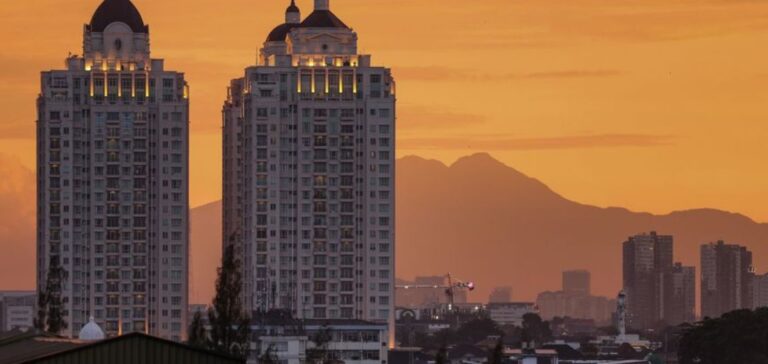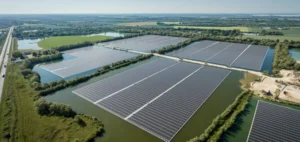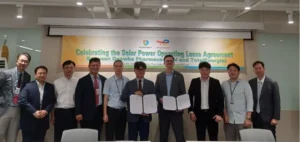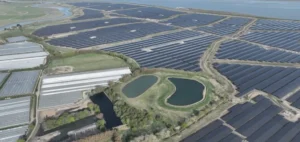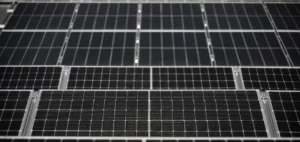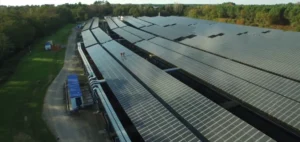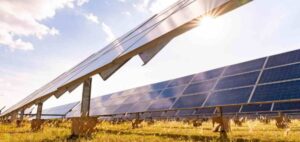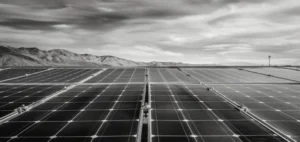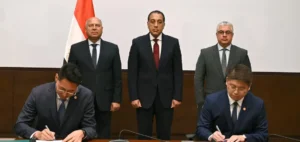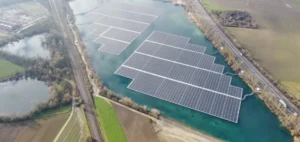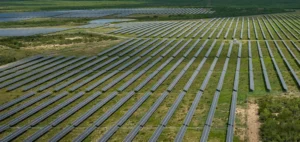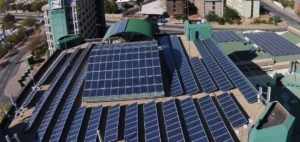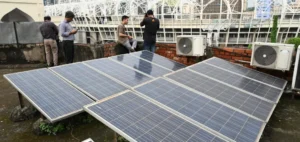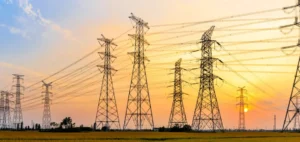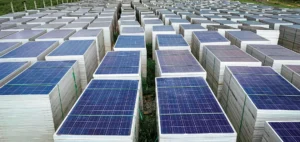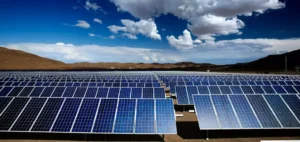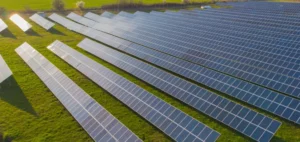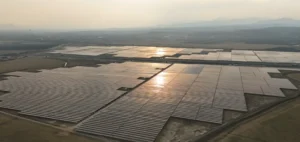Indonesia has set ambitious targets for renewable energy, but it must accelerate growth to meet its targets. The share of renewable energy in its energy mix is only 11-14%. To reach the goal of 23% by 2025 and 31% by 2050, the country must outpace the growth in energy consumption due to population and economic growth.
A necessary energy transition
Indonesia’s solar potential is enormous, and it represents the best solution to achieve these goals. According to a report by the International Renewable Energy Agency (IRENA) and the Indonesian Ministry of Energy and Mineral Resources, the country’s population is expected to reach 335 million by 2050, and electricity demand would increase at least five times to more than 1,700 terawatt hours (TWh).
However, Indonesia still relies heavily on coal, which accounts for more than 40% of its energy mix and 60% of its electricity production. Solar power, on the other hand, represents a smaller share than hydroelectricity and geothermal power, which goes against the global trend.
Indonesia’s solar sector has seen a 14% increase in 2021 to 211 megawatts (MW), but it is far from competing with other Southeast Asian countries. According to Elva Wang, Trina Solar’s head of Southeast Asia, Indonesia needs to accelerate solar power deployment to meet its goals.
A strategic choice for Indonesia
Trina Solar can help Indonesia tap into its enormous solar potential. The solar modules can be installed quickly on rooftops and vacant land, and are available for all market segments: residential, commercial and industrial (C&I), and utility-scale. Solar power gives homes and businesses the freedom to meet their own energy needs, combat rising electricity prices, and contribute to the transition to renewable energy and the fight against climate change.
Solar modules are the most cost-effective solution, offering a lower cost of energy (LCOE). The power of the modules has increased significantly over the years, while their cost has decreased due to technological advances and economies of scale. Solar power has now reached grid parity in many markets, offering a lower cost of electricity than the grid.
To reach its goal of 23% renewable energy in its energy mix by 2025, the growth of renewable energy must exceed the growth in energy consumption due to population and economic growth.

